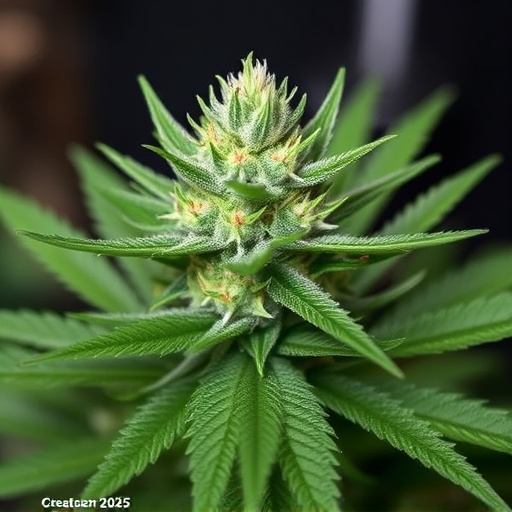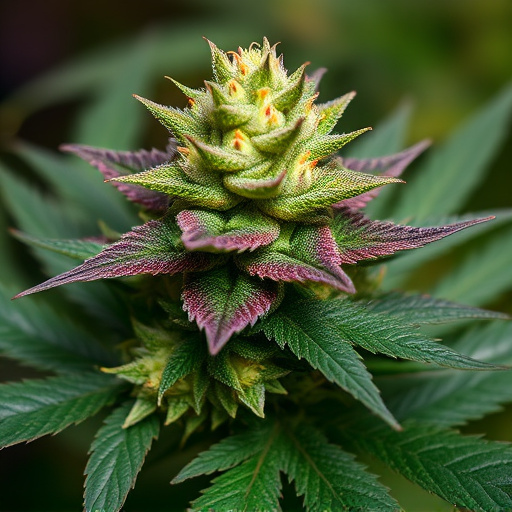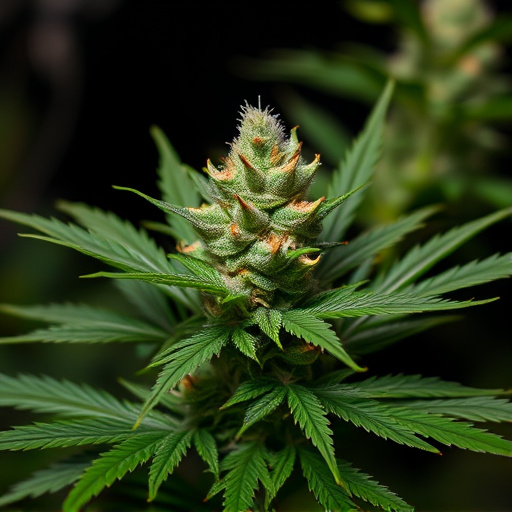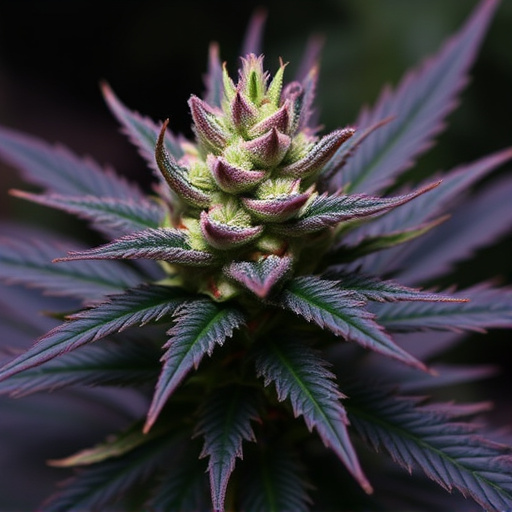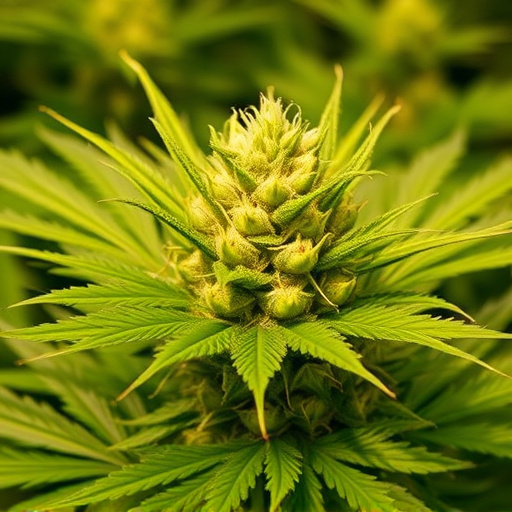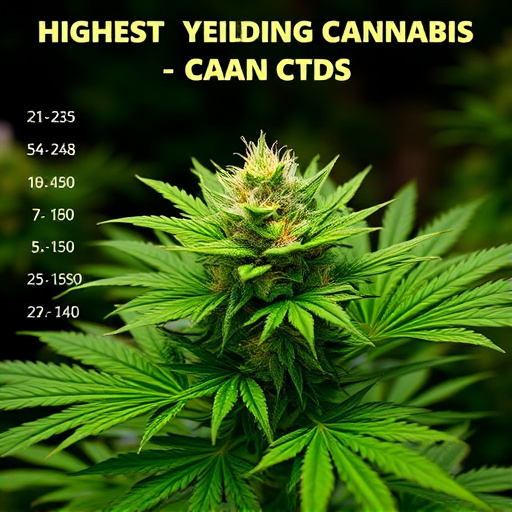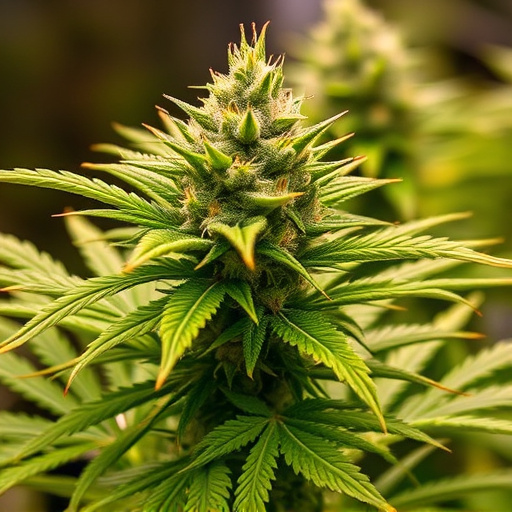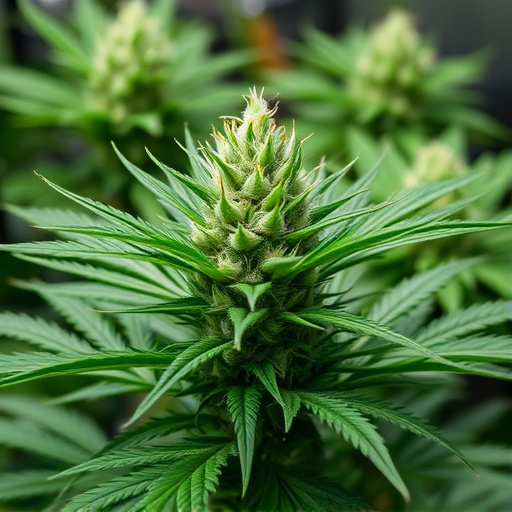Cannabis metabolism and elimination vary greatly among individuals, with factors like body weight, frequency of use, and tolerance impacting THC detection times, which can last up to several days for regular users. Smoking or vaping leads to faster detection compared to edibles. Highest yielding cannabis strains, while potent, may also vary in detection time based on these variables. To minimize positive test results, reduce consumption, stay hydrated, exercise regularly, and incorporate omega-3 fatty acids and vitamin B into your diet.
Discover how long cannabis remains detectable in your system, from days to weeks, with factors like metabolism, strain potency (even highest yielding cannabis strains), and consumption method influencing duration. Understanding cannabis elimination processes is crucial for those concerned about testing positives. Learn which habits and strategies can reduce the residual effects, ensuring peace of mind in today’s drug-tested world.
- Understanding Cannabis Metabolism and Elimination
- Factors Influencing Cannabis Detection Time
- How to Reduce Cannabis Testing Positives
Understanding Cannabis Metabolism and Elimination
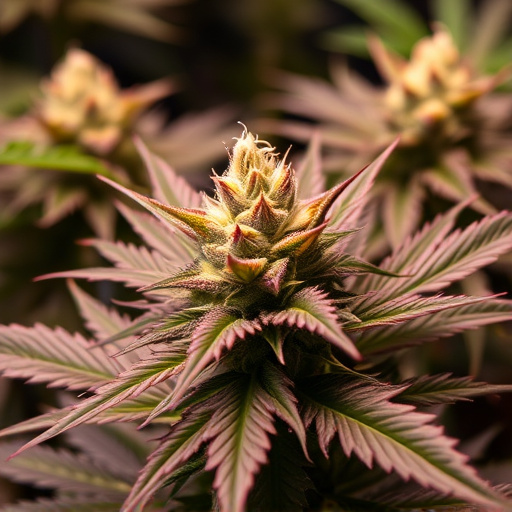
Cannabis metabolism and elimination are complex processes that vary from person to person. When consumed, cannabis compounds, including THC (tetrahydrocannabinol), enter the bloodstream through various methods—inhalation, ingestion, or topical application. Once in the bloodstream, these compounds are carried to organs like the liver and kidneys, where they undergo metabolism. The liver primarily metabolizes THC into 11-hydroxy-THC (11-OH-THC) and then further into 11-nor-9-carboxy-THC (THC-COOH), which is more water-soluble and can be detected in the body for longer periods.
The elimination half-life of THC, a measure of how quickly it leaves the system, varies widely based on factors like metabolism, body weight, frequency of use, and tolerance levels. On average, THC has a half-life of about 30 hours, meaning that after this period, only half of the initial amount remains in the body. However, for regular users or those with higher body mass indexes (BMIs), this period can extend to several days. This is particularly relevant when considering highest yielding cannabis strains, as these may contain elevated levels of THC, potentially leading to longer detection times.
Factors Influencing Cannabis Detection Time
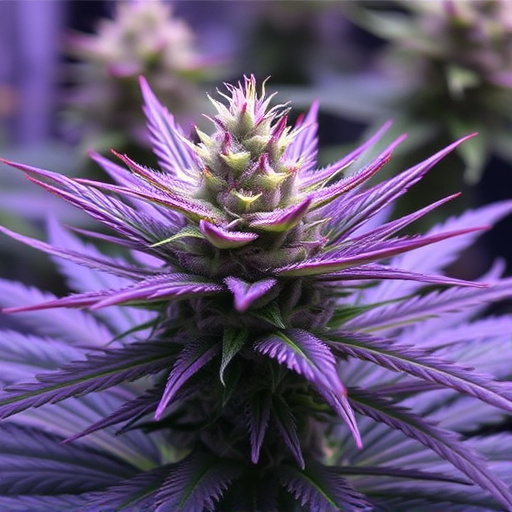
The detection time of cannabis in your system can vary greatly depending on several factors, even with the highest yielding cannabis strains. One key factor is frequency of use; regular users may have higher levels of THC (the active compound) in their system for longer periods compared to occasional users. The method of consumption also plays a role; smoking or vaping cannabis tends to result in faster detection due to immediate absorption into the bloodstream, while edibles take longer as they need to be metabolized by the liver first.
Additionally, factors like body weight, metabolism, and overall health influence detection time. Individuals with lower body mass may clear cannabis more quickly, whereas those with slower metabolism or certain medical conditions could retain it for extended periods. Age can also be a factor, as younger individuals typically have faster metabolisms, leading to shorter detection times. Environmental factors such as recent physical activity or hydration levels can temporarily affect the concentration of cannabis in your system.
How to Reduce Cannabis Testing Positives
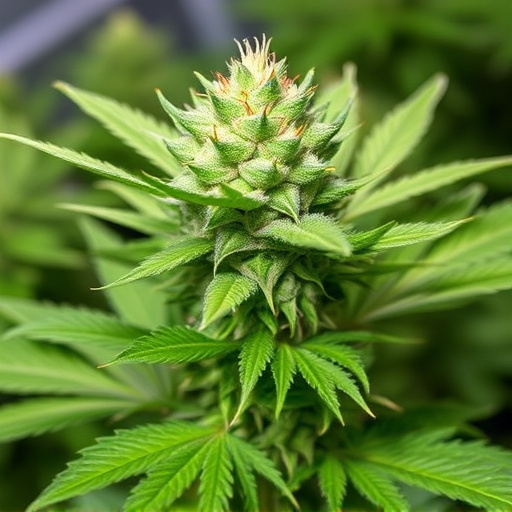
To reduce the likelihood of testing positive for cannabis, especially when aiming to stay below legal limits, it’s crucial to understand that frequent use can lead to longer detection periods. The duration cannabis remains in your system varies based on factors like metabolism, tolerance, and frequency of use. Regular consumption of high-potency strains, often considered the highest yielding cannabis strains, can significantly extend the time it takes for your body to metabolize THC (the primary psychoactive compound).
There are several strategies you can employ to minimize the chances of a positive test result. First, consider reducing overall cannabis consumption, especially when using potent varieties. Taking breaks from regular use allows your body to clear out accumulated THC. Additionally, maintaining a healthy lifestyle with adequate exercise and proper hydration supports faster elimination of cannabinoids. Dietary choices can also impact metabolism; foods rich in omega-3 fatty acids and vitamin B might aid in reducing THC levels.
Cannabis metabolism varies from person to person, influenced by factors like tolerance, body weight, and consumption method. While it can remain detectable in urine for up to 30 days after use, regular users may find it stays in their system for shorter periods due to built-up tolerance. To minimize the risk of positive cannabis tests, consider reducing intake, using oral ingestion methods over smoking, and maintaining a healthy lifestyle. When aiming to grow the highest yielding cannabis strains, understanding these factors can help manage potential detection times and ensure compliance with regulations.
